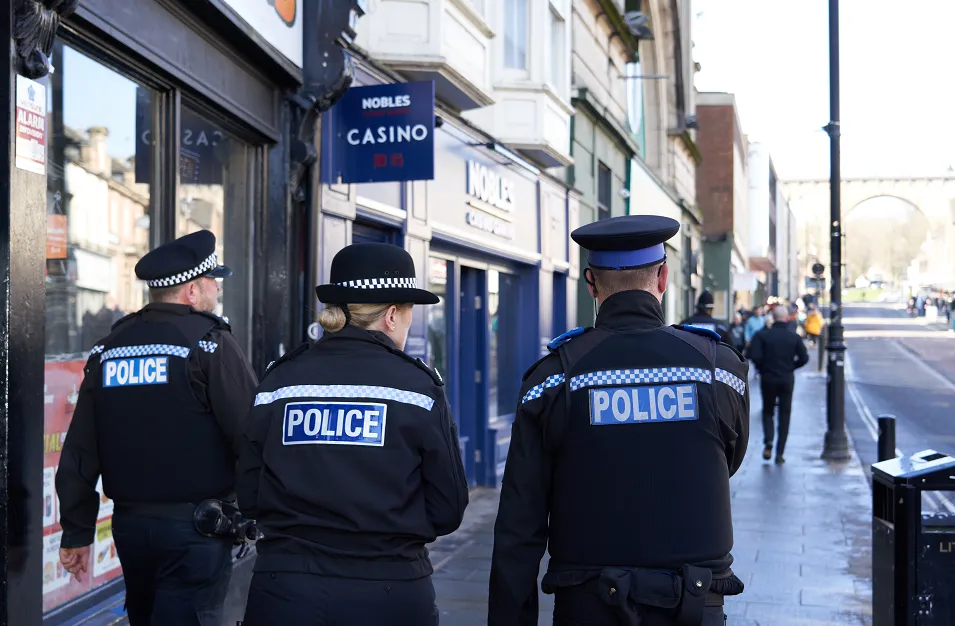
Community Remedy provides an opportunity for victims to require offenders to do something to help make up for their offending.
The Community Remedy was introduced under the Crime and Policing Act in 2014 to give victims of anti-social behaviour and low-level crime a greater say in the out-of-court punishment of perpetrators, including allowing them to consider a restorative justice approach.
Community Remedy provides an opportunity for victims to require offenders to do something to help make up for their offending. It can be used when a community resolution, conditional caution or youth conditional caution has been used by the police when dealing with low level criminal damage, low value theft, minor assaults (without injury) and anti-social behaviour.
As the victim, you may choose from a list of actions for the offender (person who caused the harm/hurt) to undertake in consequence of their behaviour/offending. The actions are voluntary (your choice) and are intended to give you more say, providing that you feel safe, comfortable with the options available and will benefit from taking part. Actions must be appropriate, proportionate and seek to have a positive impact on the offender.
Below is a list of options currently available in County Durham and Darlington. The officer dealing with your incident will be able to give you further information and go through the process with you.


Where a community resolution is deemed appropriate, the officer dealing will make all efforts to obtain the views of the victim/s on whether the perpetrator should carry out specific actions as outlined in the Community Remedy Document.
The officer will have the ultimate responsibility for ensuring the that the action offered is appropriate and proportionate to the nature of the anti-social behaviour or offence committed.
Under the Act, it is the responsibility of the Police and Crime Commissioner (PCC) to prepare a Community Remedy Document (CRD), comprising of potential actions which, in consultation with the victim, could be applied to an individual who has engaged in ASB or who has committed an offence where an out of court community resolution is proposed.
In 2014 the late Ron Hogg, former elected Police and Crime Commissioner, consulted members of the public and community representatives on the list of community remedy options above. Following a review of the Community Remedy approach to restorative justice further consultation is due to take place later in 2024 to consider options available to victims.
